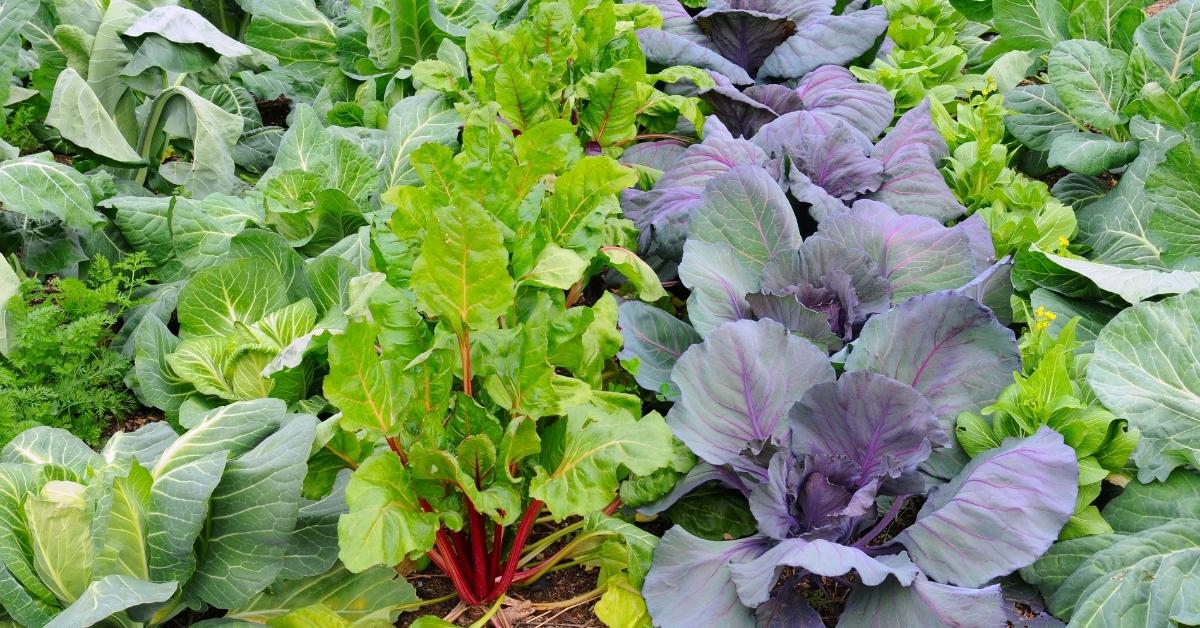Last Updated on November 1, 2023 by the Dobies Horticultural Team
Many of us grow an abundance of wonderful crops for harvesting over summer and autumn. In the meantime, winter vegetables are too often overlooked! However, there is no reason you can’t enjoy fresh homegrown veg all year round – all it takes is a little forward planning.
The secret is simply to know that most winter vegetables need to be sown at the same time as summer vegetables. By the time autumn is round the corner and your summer harvests are starting to dwindle, it’s too late to do anything about it! This is because most winter vegetables are slow-maturing and require all the light and warmth of the summer season to develop in time to reach maturity over winter.
There is a wide range of hardy vegetables that can be grown to crop over winter in the UK, from cabbages to leeks to root vegetables. With the right varieties, you can be harvesting regularly from October right through to April. Here we take a pick of some of the best hardy winter vegetable varieties to grow to keep your kitchen stocked throughout the colder months.
Cabbage ‘Tundra’
Possibly the hardiest variety of all, ‘Tundra’ sets the benchmark for top-quality winter cabbages. High-yielding and reliable, this superb variety combines the robustness of the savoy with the crispness and flavour of the ballhead. ‘Tundra’ will hold firm whatever the winter throws at it, so you can keep picking sweet, crisp and tasty heads right through until April.
Sow: April to June (outdoors)
Harvest: November to April
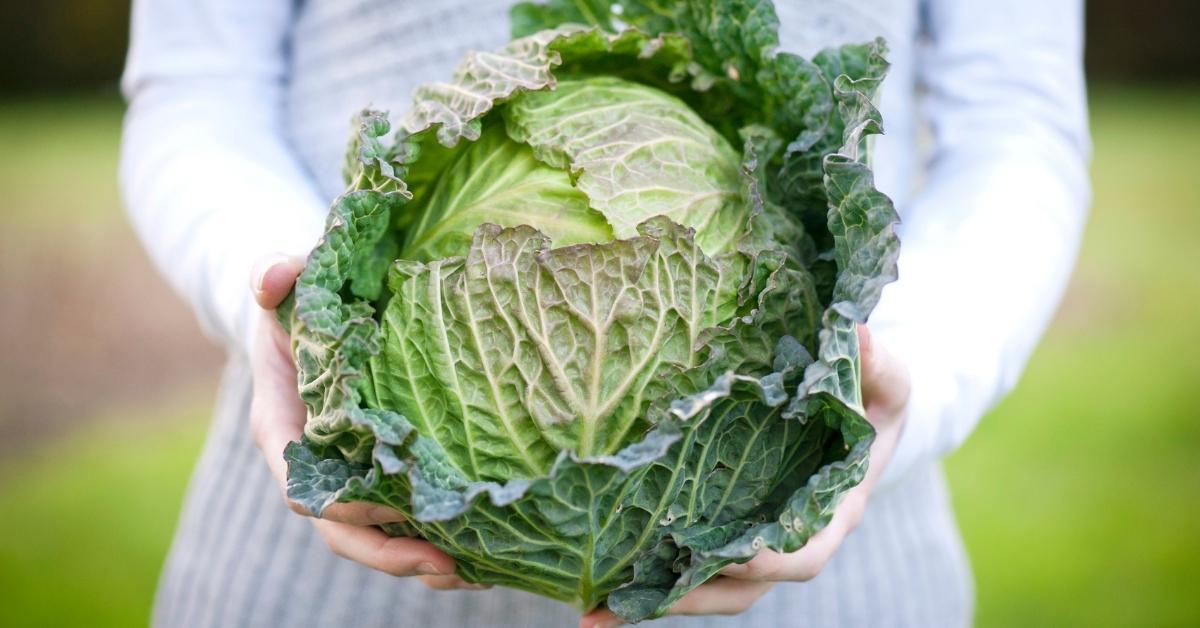
Leek ‘Musselburgh’
Renowned for its reliability and extreme winter hardiness, this Scottish-bred late-cropping leek is hard to beat. First introduced in 1834, this heritage variety has smashed the test of time, remaining one of the most popular of all leeks to this day. Producing strong, thick stems with excellent flavour and good disease resistance, ‘Musselburgh’ will triumph over the harshest of winter weather and stand strong in the ground until spring.
Sow: March or April (outdoors)
Harvest: November to February
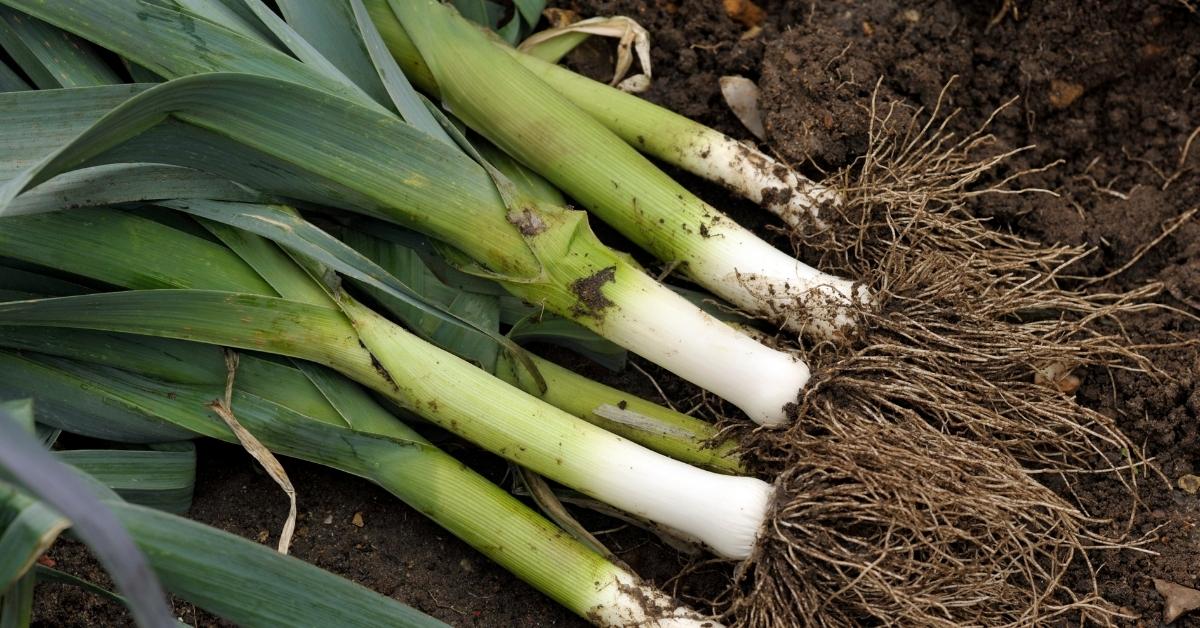
Brussels Sprout ‘Doric’
No winter harvest is complete without the iconic Brussels sprout. However, sprouts aren’t just for Christmas! Standing proud right through to February, the formidable ‘Doric’ epitomises the post-Christmas sprout. Tight, tasty buttons are held on sturdy stems that are anchored with strong root systems to triumph over whatever weather the winter throws at them.
Sow: April or May (outdoors)
Harvest: December to February
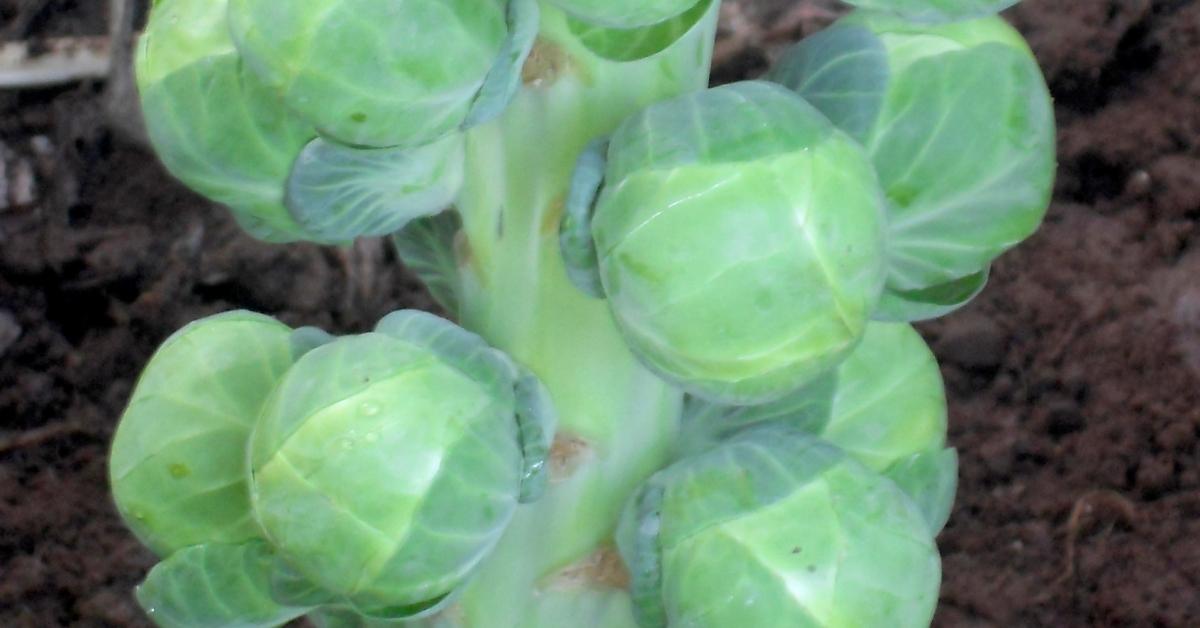
Kale ‘Black’
Bred in Britain specifically for the UK climate, this ‘Cavolo Nero’ type kale is hardier and more bolt-resistant than its Italian cousins. It’s delicious, nutritious and looks stunning on the allotment with its strikingly dark, wrinkled leaves. Bursting with vitamins and antioxidants, ‘Black’ is also around five times higher in cancer-supressing glucosinolates than other kales. A true superfood!
Plant: July or August
Harvest: August to February
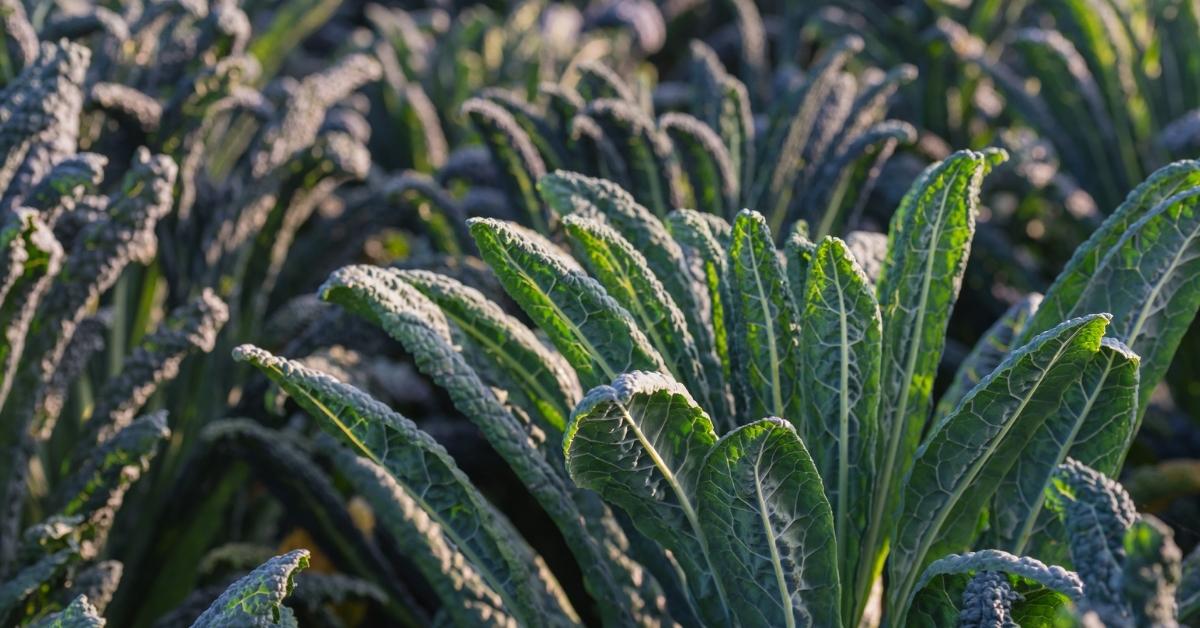
Perpetual Spinach
Perpetual spinach is the crop that will keep on giving, making it possibly the most rewarding of all vegetables to grow. Being much slower to bolt than ordinary spinach, this hardy spinach beet forms long-lived plants that will shake off winter frosts to provide you with a source of fresh, iron-rich greens throughout autumn and winter.
Sow: March to July (outdoors)
Harvest: all year round
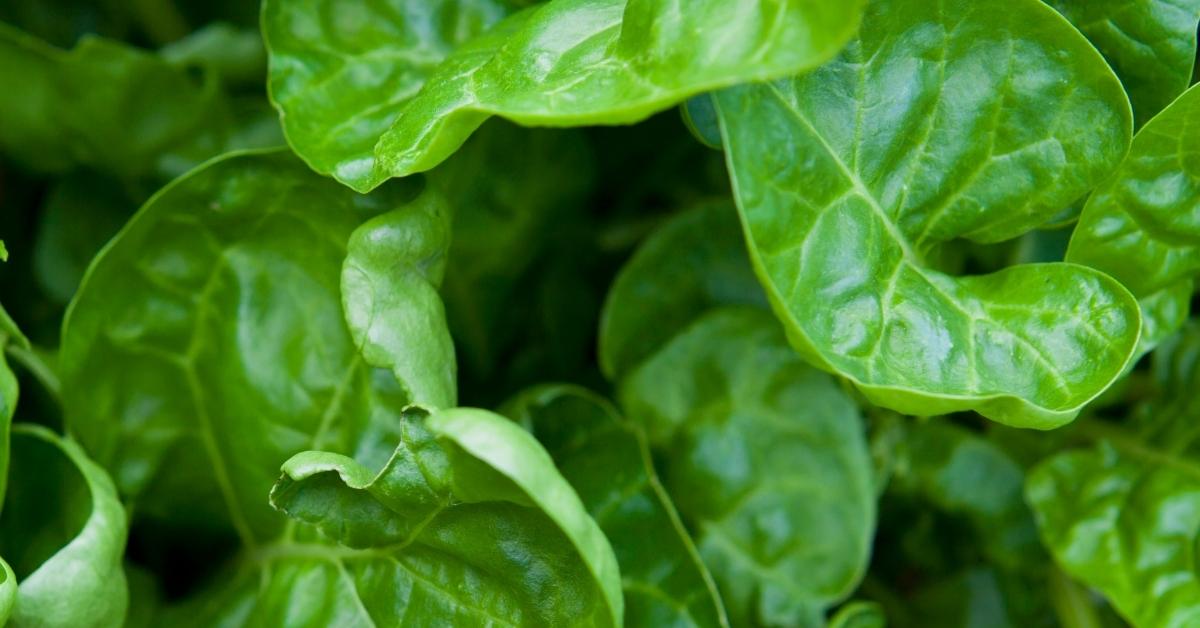
Corn Salad (Lamb’s Lettuce)
A great favourite of veg guru Charles Dowding, corn salad or lamb’s lettuce produces small but extremely hardy plants that are a great source of salad leaves over winter. Though it can be sown from spring onwards, corn salad is best sown in late August for use as a winter crop only. This is because the shallow root systems that allow these plants to capitalise on winter moisture conversely make them susceptible to drought in the warmer months. A great choice for planting between rows of taller winter vegetables to make best use of space.
Sow: February to September but best in late August (outdoors, direct)
Harvest: May to February
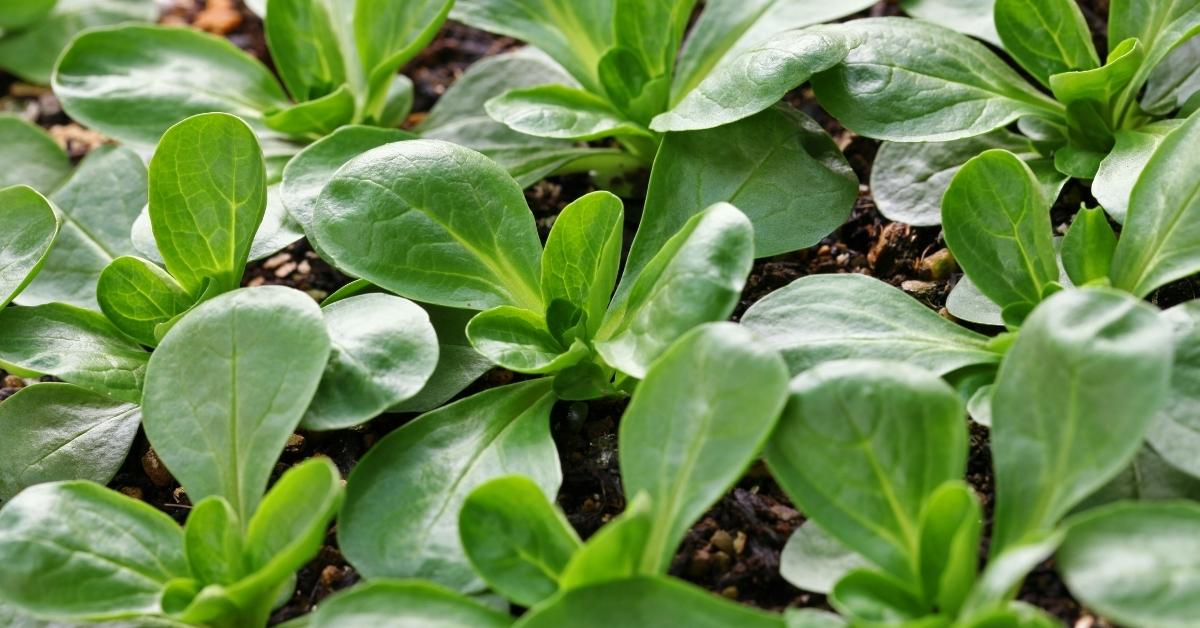
Parsnip ‘Countess’
‘Parsnips have an amazing ability to survive low temperatures,’ explains Dowding in his authoritative book How to Grow Winter Vegetables. Parsnip ‘Countess’ F1 has quickly established itself as one of the very best varieties available. Reliable in a variety of soils, this vigorous and fast-maturing hybrid gives heavy crops of uniform white-skinned parsnips with top quality flavour and excellent disease resistance. Parsnips are a winter staple that can be relied upon for their hardiness – the only worry is whether you will be able to dig them out of the frozen ground! To reduce this problem, Dowding suggests adding a layer of straw or hay on top of your parsnip rows over winter.
Sow: March to mid-May (outdoors, direct)
Harvest: October to April
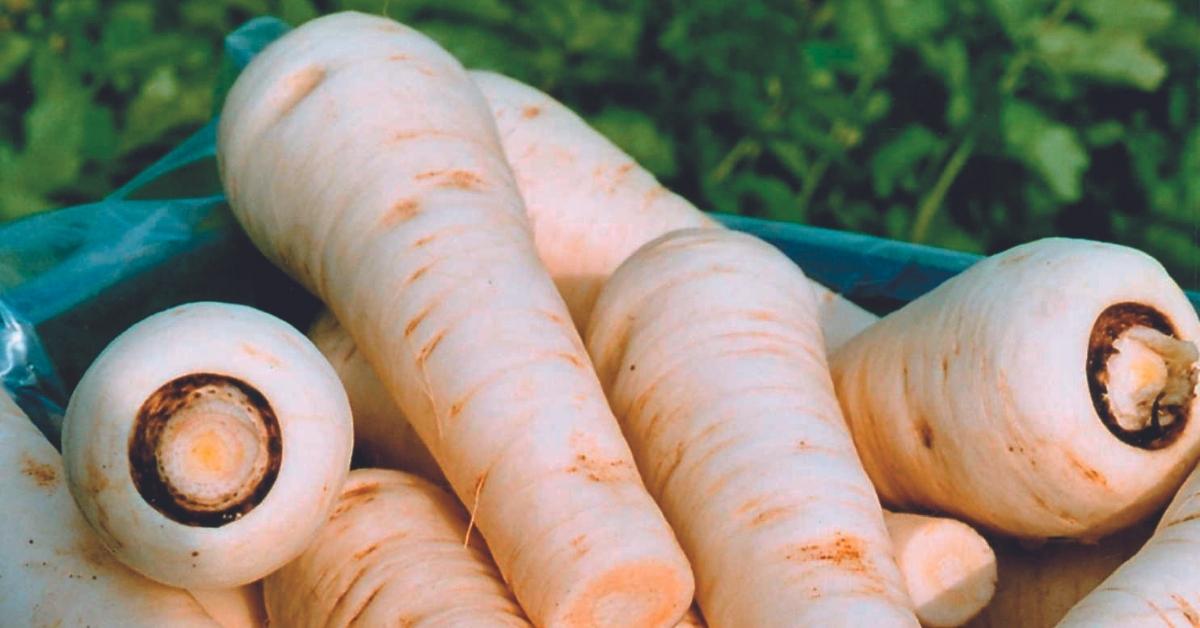
Parsley ‘Moss Curled 2’
Parsley is one of the few herbs that is undeterred by cold winter weather, presenting a profusion of defiantly lush, healthy leaves in the face of frosts and freeze. It pauses only for a short period of semi-dormancy during January and February, before resuming production of fresh young leaves at the first sign of spring. Not only is parsley a lovely addition to stews and soups, fish dishes and white sauce, but the plants also make a decorative addition to the veg patch. ‘Moss Curled 2’ is a superb variety, forming vigorous and attractive plants with deep green, tightly curled leaves. Planting parsley between rows of taller vegetables such as leeks or brussels sprouts is a great way to make the most of your space.
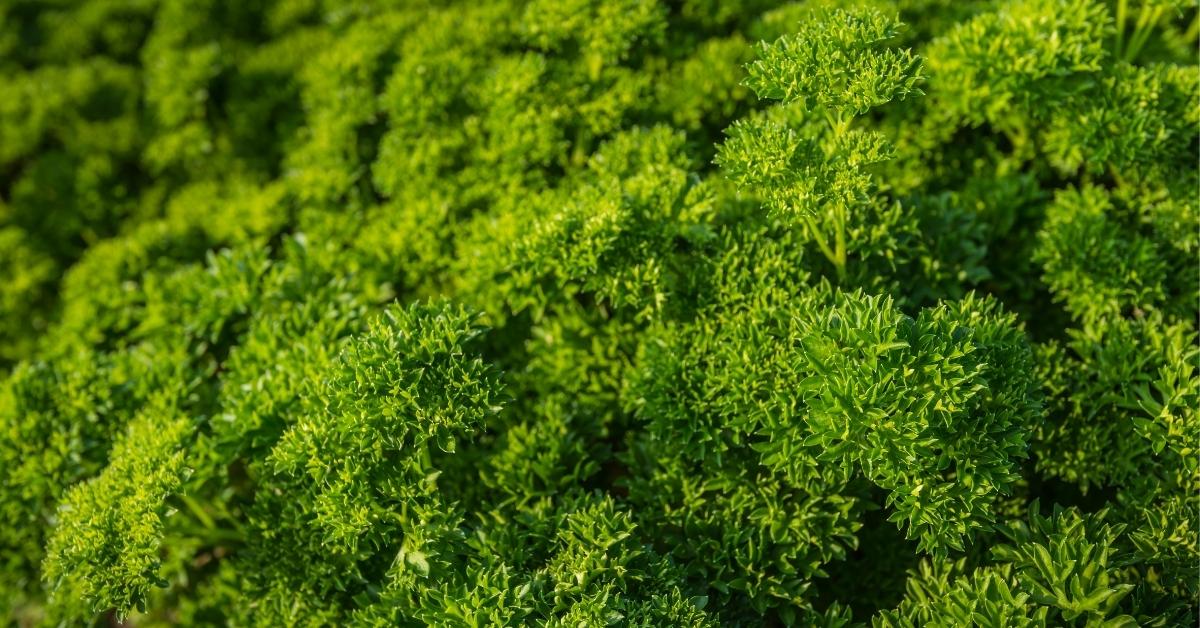
We hope this has given you some ideas for a winter crop that’s as plentiful and exciting as any summer harvest! Don’t hang around – get sowing now to give your winter veg the best possible start. But don’t worry if you miss the boat or are short of time – our young veg plants are perfect for planting out later in the season.
Find out which vegetable seeds to sow each month and plan ahead for a hearty harvest.

